Europa’s active volcano again snatched the spotlight. The 2nd of June, 2025 Mount Etna, in Sicily, erupted with an incredible display of the power of nature and sent a soaring plume of volcanic steam, ash and pyroclastic flow soaring across its slopes. The tourists who were near the summit rushed to safe areas as the sky turned dark beneath a mushroom-shaped cloud of ash which soared to more than 21,000 meters (6,500 meters) more than twice the height of the volcano. While the authorities assured the people that the towns around were secure however, the eruption was an unforgiving reminder of Etna’s unpredictable nature, mixing stunning beauty with hidden dangers.
A Crater Collapse Triggers Chaos
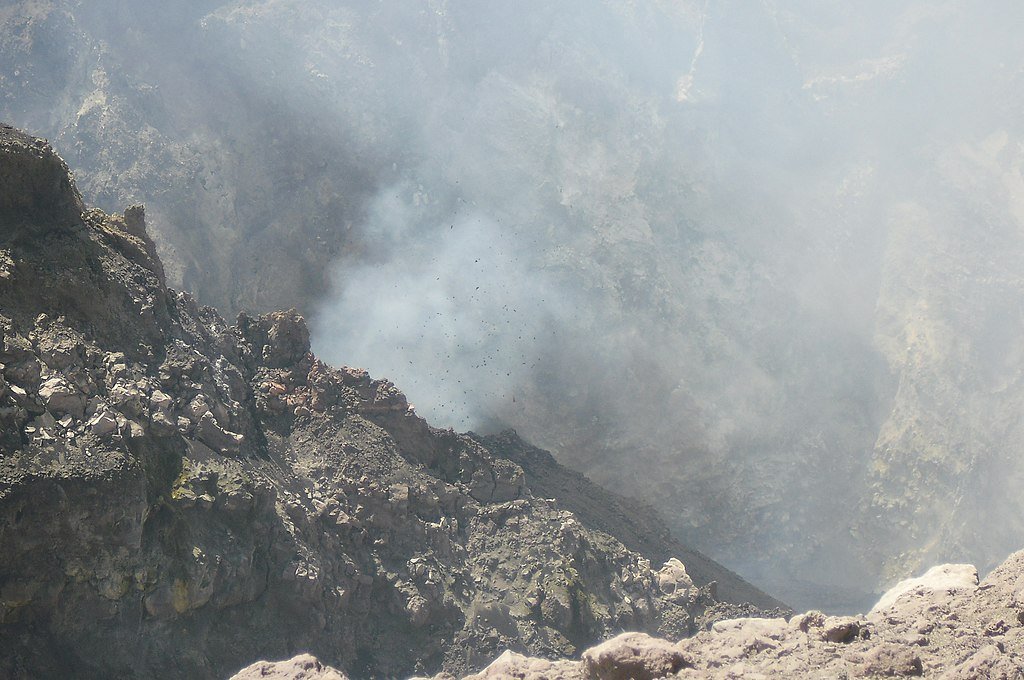
The eruption began around 10 AM local time, but the most intense phase struck at 11:23 AM when the southeastern crater partially collapsed, unleashing a fast-moving pyroclastic flow a deadly mix of superheated gas, ash, and rock fragments that surged more than a mile (2 km) into the Valle del Leone within just 60 seconds. Infrared satellite images captured by the Copernicus Sentinel-2 mission revealed the lava’s thermal signature glowing against the mountain’s darkened slopes.
The explosive activity rapidly turned into a “lava fountain,” a rare and captivating event whereby molten rock is expelled hundreds of feet into the air, according to Italy’s National Institute of Geophysics and Volcanology (INGV). More like a disaster movie than a normal tourist trip, social media footage showed hikers racing along paths as billowing smoke covered the horizon behind them.
The Science Behind the Eruption: Why This Event Was Different
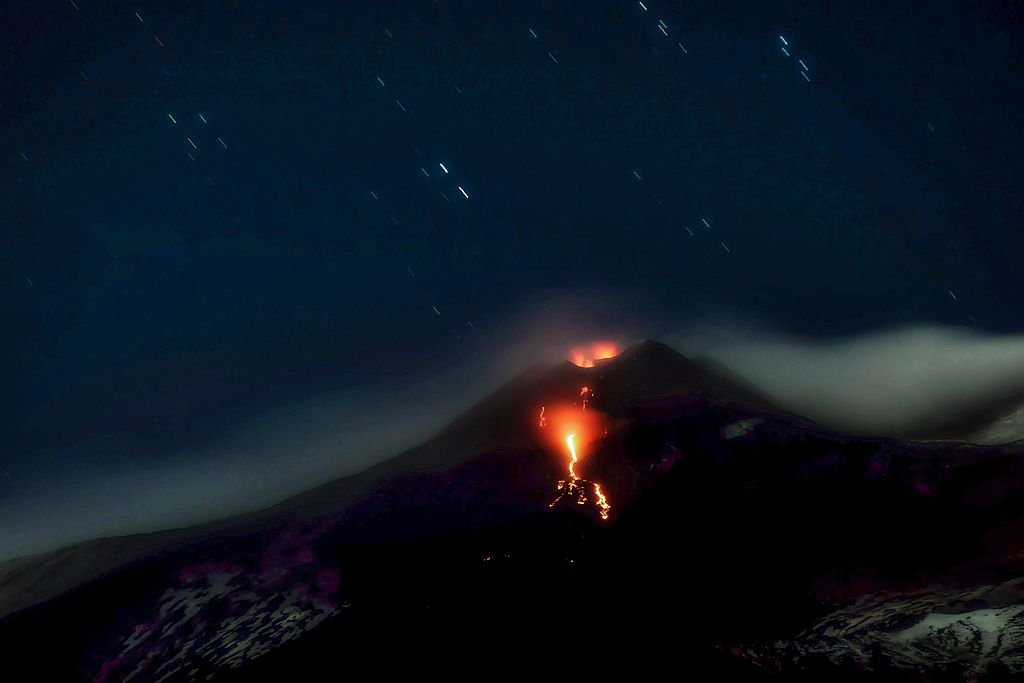
Although Etna erupts often, usually several times a year, this event stood out for its pyroclastic flow, a less common and far more dangerous aspect of its activity. These flows, which surpass slow-moving lava in speed 450 mph (724 km/h) and temperature above 1,000°F (538°C).
Scientists credit a number of elements for the eruption:
- Rising magma probably sets off the pyroclastic flow by interacting with residual snowfall, producing explosive fragmentation driven by steam.
- Pent-up pressure from the partial collapse of the southeast crater wall let lava erupt in a fountain-like display.
- Unusually high SO₂ levels found by satellite data indicate significant deep magma movement.
Health Risks: The Invisible Threat of Volcanic Smog
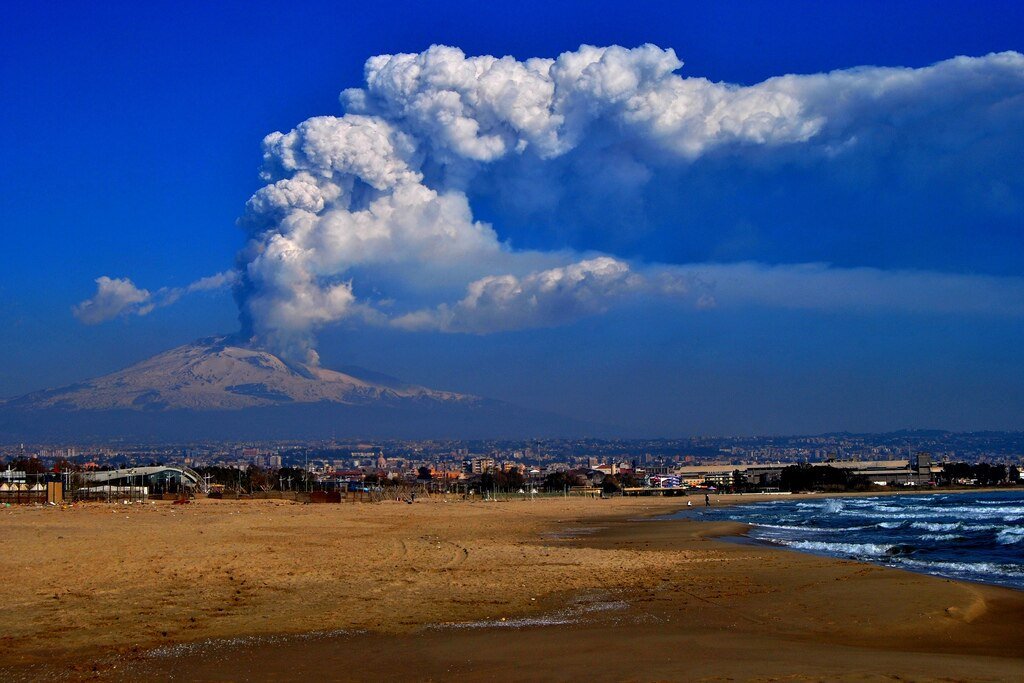
While headlines typically feature the eruption of ash and lava, volcano smog (vog) is a toxic pollution that occurs by the process of combining sulfur dioxide (SO2) is in contact with atmospheric moisture and sunlight is the main sleeper hazard. The CDC warns that vog could cause:
- Short-term reactions include coughing, eye irritation, headaches, and trouble breathing.
- Particularly for children and those with respiratory problems, long-term risks include bronchitis, lung disease, and aggravating asthma.
SO₂ can cause asthma attacks at doses as low as 0.2–0.5 ppm; extended exposure to 5 ppm may be fatal. Still, Sicilian officials minimized immediate hazards since most of the plume was carried away from populated areas by prevailing winds.
Tourists in the Danger Zone: A Close Call
Etna’s slopes are a magnet for adventurers, but Monday’s eruption proved how quickly a scenic hike can turn perilous. Authorities swiftly closed access to the summit, though some visitors were already on the mountain when the eruption began. One viral video showed a group sprinting downhill as the pyroclastic flow advanced in the distance, a heart-stopping reminder of nature’s unpredictability.
Local guides, however, remained unfazed. “This is Etna’s way of saying hello,” joked one volcanologist. “She’s restless, but she rarely harms us”. Indeed, the volcano’s frequent activity has made Sicilians experts in coexistence; farmers even prize the mineral-rich soil it provides.
Aviation Alert: The Ripple Effect of Ash Clouds
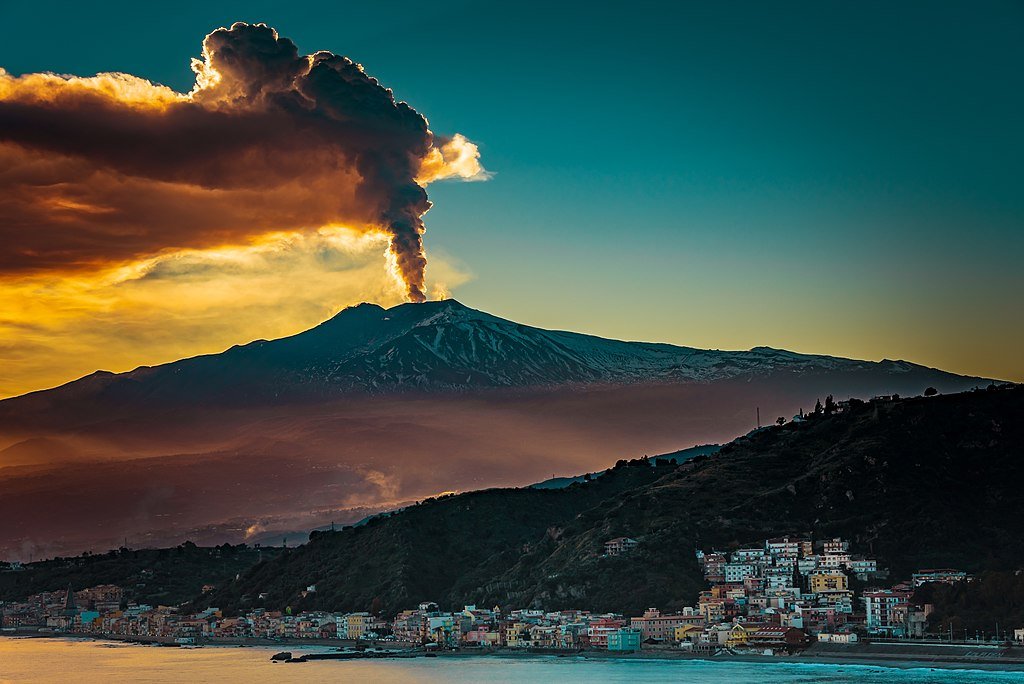
As ash can destroy jet engines by melting into glass-like deposits, the eruption momentarily set off a red alert for aviation. While Catania Airport just 30 miles south remained operational thanks to favorable winds, the Toulouse Volcanic Ash Advisory Center tracked the westward drift of the plume.
This almost-miss is reminiscent of past disturbances. In one day in 2017, Etna’s ash caused forty flight cancellements. Modern monitoring systems enable pilots to reroute in real time, so reducing travel disturbance.
Etna’s Fiery Legacy: From Ancient Myths to Modern Science
Etna’s eruptions have shaped Sicilian history for millennia. In 396 B.C., its lava flows allegedly repelled a Carthaginian invasion, while the 1669 eruption buried parts of Catania under 30 feet of rock. Today, it’s a living laboratory:
- Strombolian vs. Effusive: Most eruptions are “Strombolian” small, frequent explosions but Monday’s event leaned toward a more violent Vulcanian style.
- Climate Impact: Etna emits ~10% of global volcanic SO₂, influencing regional air quality and even Earth’s climate.
Conclusion: A Volcano That Never Sleeps
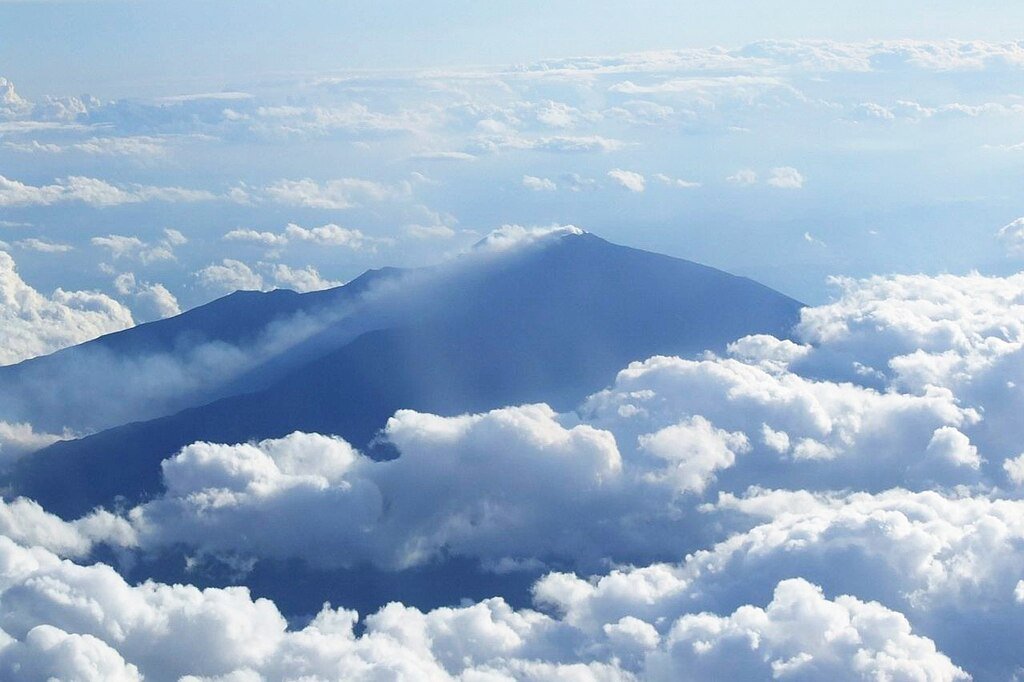
Drawn by the same basic appeal that has enthralled humans for millennia, visitors returned to Etna’s slopes as the ash settled on June 3. Underneath the postcard-perfect images, though, is a simmering monster that calls respect and close observation. “Etna isn’t just a mountain,” notes Stefano Branca of INGV. “It’s a force of nature which writes its own rules”.
The volcano quotes now; but, its next performance is just a matter of time.
Sources:

Suhail Ahmed is a passionate digital professional and nature enthusiast with over 8 years of experience in content strategy, SEO, web development, and digital operations. Alongside his freelance journey, Suhail actively contributes to nature and wildlife platforms like Discover Wildlife, where he channels his curiosity for the planet into engaging, educational storytelling.
With a strong background in managing digital ecosystems — from ecommerce stores and WordPress websites to social media and automation — Suhail merges technical precision with creative insight. His content reflects a rare balance: SEO-friendly yet deeply human, data-informed yet emotionally resonant.
Driven by a love for discovery and storytelling, Suhail believes in using digital platforms to amplify causes that matter — especially those protecting Earth’s biodiversity and inspiring sustainable living. Whether he’s managing online projects or crafting wildlife content, his goal remains the same: to inform, inspire, and leave a positive digital footprint.




